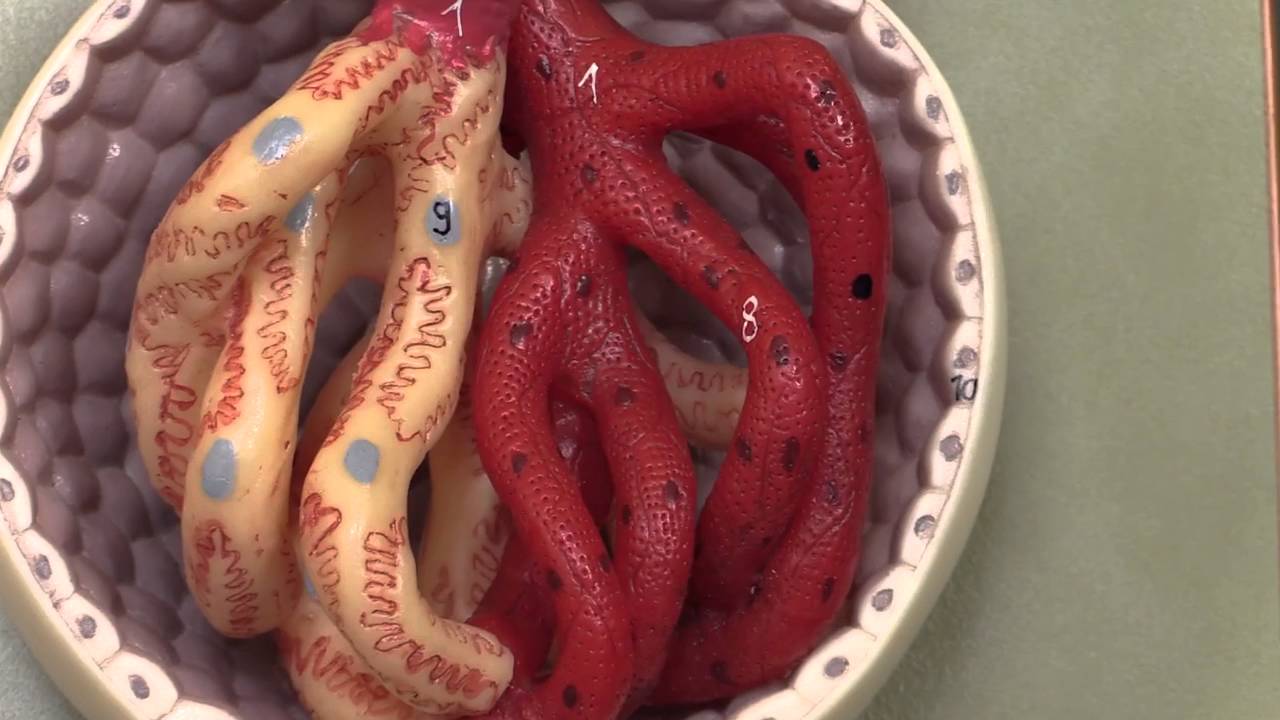
The human body is a fascinating and complex machine, and nowhere is this more evident than in the intricate systems that make up our anatomy. One such system is the urinary system, which plays a vital role in maintaining the body’s balance of fluids and eliminating waste products. At the heart of this system is the Bowman’s capsule, a small but crucial structure within the kidneys.
Bowman’s capsule is a key component of the nephron, the structural and functional unit of the kidney. It is responsible for the first step in the filtration of blood and the production of urine. While it may seem like a small and insignificant part of the urinary system, Bowman’s capsule is actually a fascinating and essential structure that plays a vital role in maintaining our overall health and well-being.
Key Takeaways:
- Bowman’s capsule is like a bodyguard for your kidneys, filtering out waste and keeping the good stuff in. It’s shaped like a cup and has a double wall to make sure nothing sneaky gets through.
- The podocytes in Bowman’s capsule act like gatekeepers, only letting small molecules pass through while blocking big ones. This helps keep your blood pressure in check and your body healthy.
The Function of Bowman’s Capsule
Bowman’s capsule is a crucial component of the nephron in the kidneys, playing a vital role in the process of urine formation. It is responsible for filtering and capturing waste products, excess water, and electrolytes from the blood, while allowing essential substances to be reabsorbed back into the bloodstream.
The Shape of Bowman’s Capsule
Bowman’s capsule is shaped like a hollow, cup-like structure that surrounds the glomerulus. Its unique design allows for efficient filtration and prevents the passage of large molecules, such as proteins, into the urine.
Bowman’s Capsule: A Double-Walled Structure
Bowman’s capsule consists of two layers – the parietal layer and the visceral layer. The parietal layer forms the outer wall of the capsule, while the visceral layer encompasses the glomerulus. Together, they enclose the glomerular space, ensuring precise filtration and preventing the leakage of filtered substances.
Globular Shaped Glomerular Filtration Barrier
The glomerular filtration barrier within Bowman’s capsule is composed of three layers – the fenestrated endothelium of the capillaries, the basement membrane, and the filtration slits between the foot processes of the podocytes. This unique structure allows for the selective filtration of substances based on their size and charge.
The Role of Podocytes in Bowman’s Capsule
The podocytes, which are specialized cells in Bowman’s capsule, have foot-like extensions called foot processes that intertwine to form filtration slits. These slits act as an additional barrier, preventing the passage of large molecules while allowing smaller substances to be filtered.
Bowman’s Capsule: Regulating Blood Pressure
Bowman’s capsule plays a significant role in maintaining blood pressure. The juxtaglomerular apparatus, located near the glomerulus, regulates the release of renin, an enzyme that controls blood pressure by constricting or dilating blood vessels.
Size and Capacity of Bowman’s Capsule
Bowman’s capsule has a size range of approximately 0.2-0.3 mm in diameter and can hold roughly 150-200 ml of fluid. Its capacity allows for the efficient filtration and removal of waste products from the blood.
Renal Diseases Affecting Bowman’s Capsule
Various renal diseases can affect the normal functioning of Bowman’s capsule. Conditions such as glomerulonephritis, diabetic nephropathy, and nephrotic syndrome can lead to inflammation, scarring, and damage to the filtration barrier, causing impaired kidney function.
Bowman’s Capsule: An Essential Component of the Urinary System
Bowman’s capsule, along with the rest of the nephron, forms the intricate network responsible for urine production. It is a vital component of the urinary system, ensuring the removal of waste products and maintaining fluid and electrolyte balance within the body.
Development of Bowman’s Capsule
Bowman’s capsule undergoes intricate development during embryonic stages. It is formed from the metanephric mesenchyme and undergoes complex interactions with the ureteric bud to give rise to a fully functional nephron, including the glomerulus and the tubules.
Conclusion
In conclusion, Bowman’s capsule is a crucial component of the nephron in the human kidney. It plays a vital role in the filtration of blood and the removal of waste products from the body. Understanding the structure and function of Bowman’s capsule is fundamental to comprehending the process of urine formation and its importance in maintaining overall health.
FAQs
Q: What is Bowman’s capsule?
A: Bowman’s capsule is a cup-shaped structure located within the renal corpuscle of the kidney. It serves as the initial site of filtration in the nephron.
Q: What is the function of Bowman’s capsule?
A: The main function of Bowman’s capsule is to filter blood and separate waste products, such as toxins and excess water, from beneficial substances like nutrients and electrolytes.
Q: How does Bowman’s capsule filter blood?
A: Bowman’s capsule contains small capillaries called glomerulus, where blood is filtered under pressure. The filtration process allows small molecules and fluid to pass through while retaining larger molecules, such as proteins and blood cells.
Q: What happens to the filtered substances in Bowman’s capsule?
A: The filtered substances, known as filtrate, pass into the renal tubules where further reabsorption and secretion occur. Ultimately, the filtrate is transformed into urine and excreted from the body.
Q: Can Bowman’s capsule be affected by diseases?
A: Yes, Bowman’s capsule can be affected by various kidney diseases, such as glomerulonephritis or diabetic nephropathy. These conditions can impair the filtration process and lead to abnormalities in urine production.
Q: Can Bowman’s capsule regenerate or repair itself?
A: Unfortunately, Bowman’s capsule does not have the ability to regenerate or repair itself. Once damaged, it can result in permanent impairment of kidney function.
Q: Is Bowman’s capsule found only in humans?
A: No, Bowman’s capsule is found in the kidneys of all vertebrates. However, the structure and complexity of Bowman’s capsule can vary between species.
Q: What are some interesting facts about Bowman’s capsule?
A: Some captivating facts about Bowman’s capsule include its discovery by Sir William Bowman in 1842, its crucial role in maintaining water and electrolyte balance in the body, and its close association with the glomerulus to form the renal corpuscle.
Bowman's capsule plays a vital role in kidney function, but this tiny structure is just one part of the complex urinary system. Want to learn more about how kidneys filter blood and maintain homeostasis? Keep exploring the fascinating world of renal anatomy and physiology with our in-depth article on the renal corpuscle, packed with 19 unbelievable facts that will leave you amazed at the intricacies of these bean-shaped organs.
Was this page helpful?
Our commitment to delivering trustworthy and engaging content is at the heart of what we do. Each fact on our site is contributed by real users like you, bringing a wealth of diverse insights and information. To ensure the highest standards of accuracy and reliability, our dedicated editors meticulously review each submission. This process guarantees that the facts we share are not only fascinating but also credible. Trust in our commitment to quality and authenticity as you explore and learn with us.


